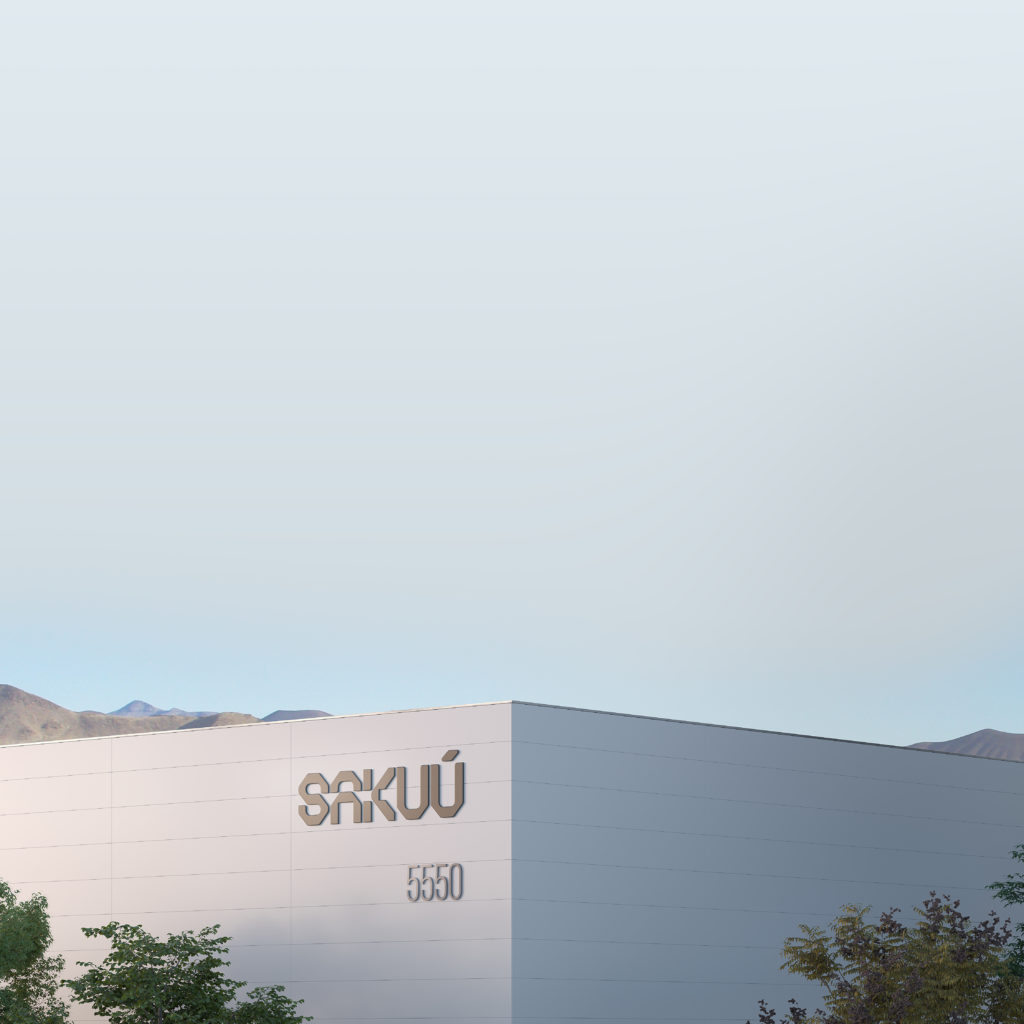Silicon Valley startup Sakuu is using some of the funds from its total $62 million raised to open a new facility for its battery 3D printing platform. The multi-million-dollar site will aid in the commercialization of the firm’s multi-material additive manufacturing (AM) technology for producing solid state batteries (SSBs).
The startup has developed AM technology that can combine binder jetting and inkjetting to produce multi-material parts, including metals and ceramics, thus enabling battery 3D printing. Exhibited at the new facility will be two of Sakuu’s flagship products, the Kavian platform for 3D printing high-density, safe SSBs in custom shapes and sizes and non-battery manufacturing platforms for producing medical devices, IoT sensors, and other electrical devices.
The 79,000-square-foot facility, dubbed Sakuu G-One, will act as the startup’s flagship engineering hub, combining its variety of teams under a single roof. This includes groups dedicated to batteries, engineering, material science, AM, and R&D. Additionally, G-One will be used to perform client product demos and train employees, 115 of which are expected to work at the facility by Q1 of 2023. If successful, Sakuu suggests it will be able to launch global gigafactories capable of producing a total energy output of 60GWh by 2028.
“Sakuu is committed to building an extremely talented workforce that wants to be part of our reinvention of sustainable energy production,” commented Founder and CEO Robert Bagheri. “We are on a mission to build a company and brand that is driven by transformative products that can leave an impactful legacy for societal and environmental change.”
The news comes after a series of developments from the company. Last August, Sakuu announced the launch of its pilot facility for SSB production. It followed on with achieving a new battery benchmark of 800 Wh/L of energy with the goal of being able to 3D print batteries of 1200 Wh/L by 2023. Most recently, Sakuu claimed that its non-printed batteries could achieve a discharge rate of 3C, meaning that it could theoretically be recharged in 20 minutes. These details combined mean that Sakuu’s preliminary products would perform much better than those from the likes of Tesla and other electric vehicle manufacturers.
“We are in a rapid growth phase due to strong demand for our forthcoming printed batteries,” said Sean Sharif, VP of Global Supply Chain and Logistics. “Our new facility paves the way for our first 3D printing platform gigafactory, dubbed Sakuu G-One. The facility will allow our teams to fine-tune all aspects of our battery printing technologies to enable swift deployment of our gigafactories.”
For the sake of the maintaining some semblance of industrial society, we’re hopeful that Sakuu can deliver on its promises. The company suggests that, with its technology, it should be possible to take discarded lithium batteries and recycle them into new ones, a key ingredient for a world in which the materials required for such batteries are increasingly scarce. Because there is currently no established supply chain for taking these used resources and converting them into new, useful products, Sakuu could be at the forefront of such an industry.
